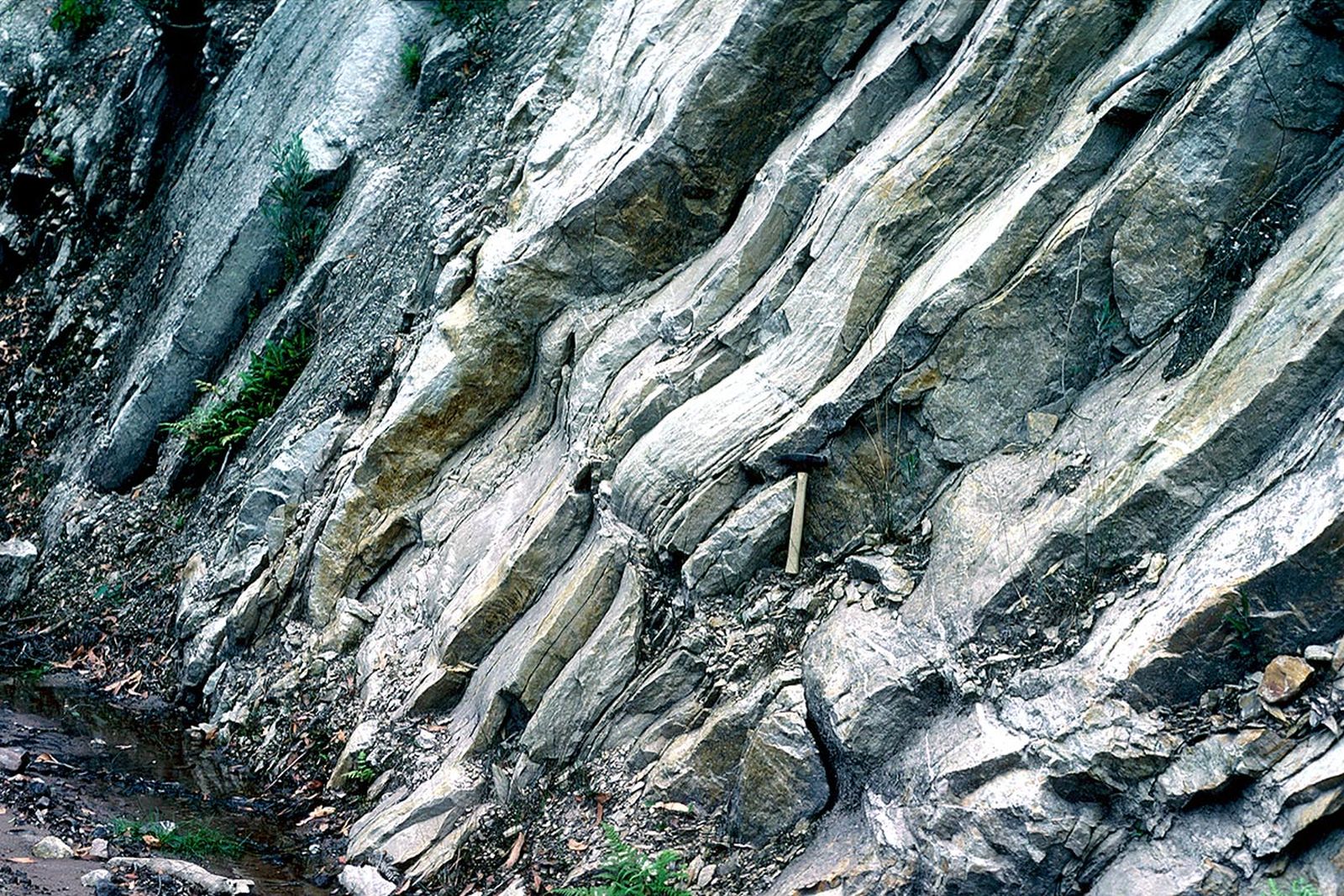Challenges for abandoned mine site rehabilitation
Abandoned mine sites present a number of challenges which are not common with other land restoration programs, such as:
- The absence of any planning for rehabilitation during the original operation.
- The degraded state of the sites - early miners did not conserve topsoil and sites are often completely bare with denuded expanses of regolith, bedrock and tailings emplacements, which present hostile environments for vegetation.
- Remaining soils are often contaminated and may be acidic after long term exposure to site pollution.
- Inadequate documentation of the operations may which present hazards, including unmarked workings, unstable embankments, and unexpected chemical contamination.
- Acidic water coupled with the uncertain extent of workings, make sealing workings to prevent further water entry or escape, difficult and sometimes, impossible.
- Mining and processing methods which have often spread the impact of activities beyond the precincts of the original site.
- The sites often have heritage and scientific significance.
- Sites may have become the habitat for native fauna and relict populations of native flora, sometimes as a direct result of mine disturbance.
- Most sites are isolated from major settlements so that in many cases cost recovery through subsequent sale of remediated land is not generally feasible.
- The presence of exotic noxious plants is also common.
These features complicate rehabilitation projects necessitating extensive and detailed planning prior to undertaking works.
